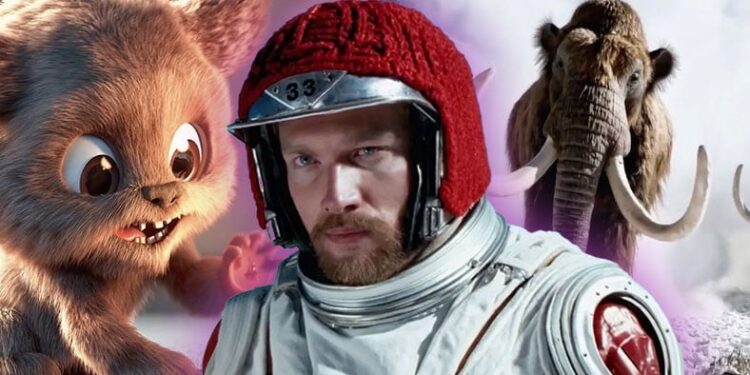When OpenAI first introduced the DALL-E model, we were surprised that we could obtain high-quality images with easy definitions at that time. While the visual production tools that have developed significantly since then left DALL-E behind, we witnessed the birth of ChatGPT and its development until today’s GPT-4.
ChatGPT, which currently uses GPT-4, is known as the easiest to use and best-selling model. At least that was the case until OpenAI released Sora, the largest language model it has ever released. Of course, it is difficult for us to understand at first glance what this model is and how it differs from others. That’s why we will tell you what Sora is, how it works and what it will enable.
Just as DALL-E gives us images from descriptions, Sora also gives us images in the same way. But that’s not all.
- Sample video from Sora
As we said, Sora is the largest language model OpenAI has ever produced. What they can do is not limited to image production. It animates still photographs, it can stretch images forward or rewind, it can produce simple photographs other than the image, it can link images together, it can define both visual, image and prompt, it moves objects and people more balanced in camera movement, the object moves out of the frame and making it look consistent even when it rotates, etc. In many respects, Sora is far ahead of his peers.
So how can this model appear in different branches?
Thanks to Sora, independent game developers can make better quality cutscenes with less effort.
Sora will work in this field because it gives quality image outputs with both text, image, text and visual input and can combine them in a balanced way.
With this artificial intelligence model, the inclusion of deceased actors in new productions may require less labor.
Another contribution to the cinema side could be the possibility of rejuvenating and aging the actors without having to use a ton of make-up.
It can solve your search for stock images and photos in seconds.
With Sora, you can add effects to your images in seconds, which would normally take hours in programs such as After Effects.
Sora does not work on small size images like its counterparts. Instead, it can sample all images between 1080 x 1920 and 1920 x 1080.
This means you can produce images with different aspect ratios for different platforms.
Going back to the game side, you can play on certain parts of the images and change objects with Sora.
This will make it possible for you to create scenes and add your object there without dealing with loads such as masking and filling space to change the environment or object. This situation can also be the opposite, it’s up to your creativity. For example, in the image above, you can see lossless transition to different environments.
We talked about independent game developers. However, those who shoot short films can also realistically create scenes that would normally cost huge amounts of money.
Of course, our model will fundamentally change the marketing methods on the start-up and entrepreneurship side.
Content creators who put game images behind and talk about them can also benefit from Sora’s opportunities.
Thanks to Sora, not only impermanent landscapes but also narratives that are difficult to describe can be easily presented to us.
Of course, Sora is not very complete right now.
Currently, this model cannot process the plastic chair you see in the image above or a glass cup that needs to be broken, as it should, because it cannot handle some laws of physics. But take a look at the image below.
If we have been able to reach this stage in less than a year, Sora will overcome these problems in a very short time. What are your intentions?

